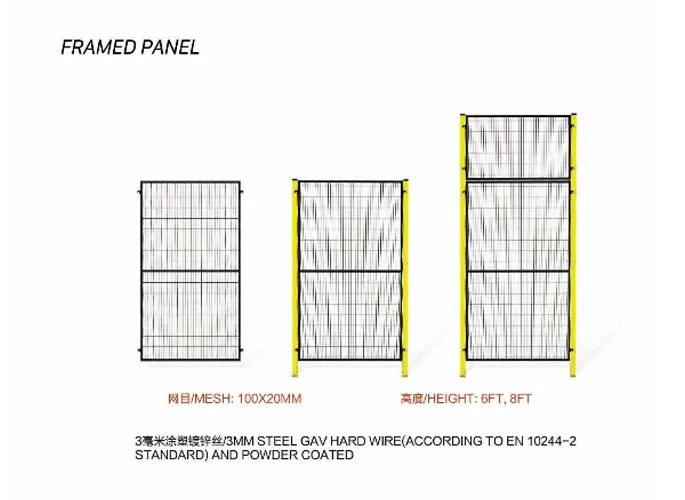Installing Ground Pole Anchors Using Screw-in Methods for Stability and Security
Out . 17, 2024 08:33
The Benefits of Screw-In Ground Pole Anchors
In the realm of construction and landscaping, securing structures and features to the ground is of utmost importance. One innovative solution gaining popularity is the screw-in ground pole anchor. These anchors are proving to be a versatile and effective choice for a variety of applications, from erecting fences and playground equipment to securing tents and canopies. This article delves into the benefits of using screw-in ground pole anchors and how they can enhance project efficiency and reliability.
What Are Screw-In Ground Pole Anchors?
Screw-in ground pole anchors are helical fixtures designed to be twisted into the ground using either manual or mechanical tools. Unlike traditional concrete footings or driven posts, screw anchors provide a simpler and quicker installation method. The design incorporates a helix-shaped blade, allowing the anchor to grip the soil effectively as it is driven into the ground. This not only ensures stability but also minimizes soil disturbance.
Advantages of Screw-In Ground Pole Anchors
1. Easy Installation One of the most significant advantages of screw-in anchors is their ease of installation. With the right tools, they can be installed quickly and efficiently without the need for heavy machinery. This saves both time and labor costs when compared to traditional anchoring methods. Additionally, the removal process is equally simple, making them a practical choice for temporary installations.
2. Effective Load Distribution The helical design of these anchors allows for superior load distribution, which is crucial when securing structures. As the anchor is screwed into the ground, the helical blades create a larger surface area that interacts with the soil, enhancing stability and resistance to uplift forces. This characteristic makes them particularly effective in areas with varying soil conditions.
screw in ground pole anchor

3. Minimal Ground Disruption Unlike concrete footings or driven piles that can cause significant ground disturbance, screw-in anchors are more environmentally friendly. They can be installed with minimal digging, preserving the surrounding area and reducing the environmental impact of construction. This makes them suitable for use in sensitive or landscaped environments.
4. Versatility Screw-in ground pole anchors are incredibly versatile and can be used in various applications. From securing fences and flagpoles to anchoring play equipment and outdoor structures, they can adapt to nearly any project requirement. Their ability to suit different soil types, including sandy, clay, and even rocky terrains, adds to their appeal.
5. Cost-Effective Solution When considering the overall cost of materials, labor, and time, screw-in anchors often present a more budget-friendly option. The reduced need for concrete and additional materials, combined with quicker installation times, can lead to significant savings for contractors and DIY enthusiasts alike.
6. Durability and Longevity Made from high-quality steel or galvanized materials, screw-in ground pole anchors are built to withstand environmental factors such as moisture, rust, and extreme temperatures. This durability ensures long-term performance, making them a reliable choice for both temporary and permanent installations.
Conclusion
The screw-in ground pole anchor is revolutionizing the way we secure structures to the earth. With benefits such as easy installation, effective load distribution, minimal ground disruption, versatility, cost-effectiveness, and impressive durability, these anchors are becoming a preferred choice in the construction and landscaping industries. As more builders and homeowners recognize their advantages, it’s likely that screw-in ground pole anchors will continue to gain traction as a go-to solution for a wide variety of anchoring needs. Whether for temporary events or permanent installations, these anchors provide a secure and efficient means to keep structures grounded and stable.




















